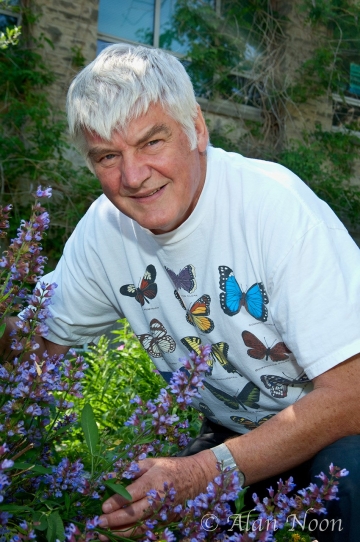
Dr. Jeremy McNeil
Career Profiles
Professor
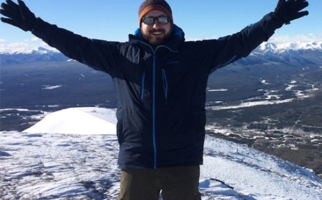
Query a Career Profile
Lessons
Students will explore career profiles and relate them to what they are learning in science class.
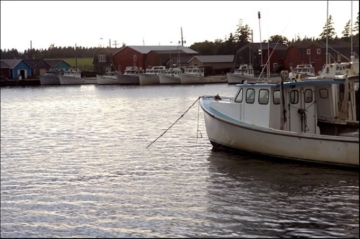
Peter Warris
Career Profiles
Director of Projects and Industry Liaison
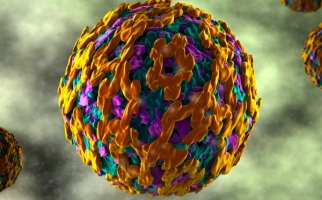
Where Did Viruses Come From?
STEM Explained
Viruses are not living things - so where did they come from? Scientists have proposed three different hypotheses.
Melony Catana
Career Profiles
Environmental Technologist & CEO
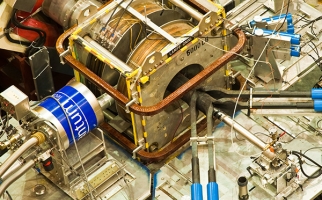
Exploring Canada’s Particle Accelerators
STEM Explained
Particle accelerators have amazing applications - from growing food to making airplanes safe.
Bob Hanner
Professor
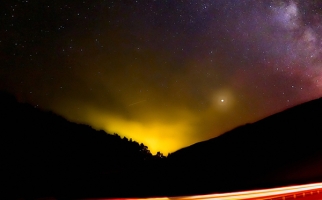
Light Pollution
STEM Explained
Light can be a type of pollution. Learn about the damage it causes to people and living things as well as how you can prevent it.
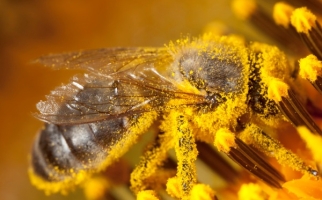
Pollinators are Important!
STEM Explained
Insects and other animals that are pollinators of plants play an important role in ecosystems.
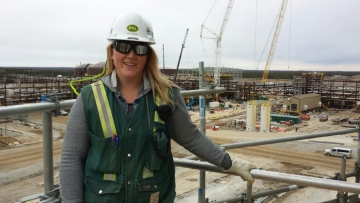
Hollee Heal
Career Profiles
Health, Safety, Environmental Coordinator
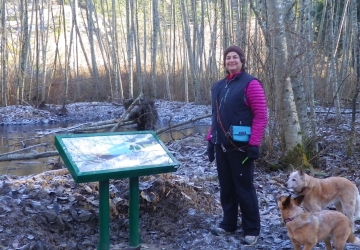
Edith Tobe
Career Profiles
Executive Director
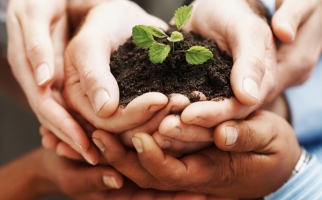
The Dirt on Soil Conservation
STEM Explained
If I asked you to name a few things that all life on the planet couldn’t live without you could probably come up with some good answers, but I bet you’d never think to say dirt.
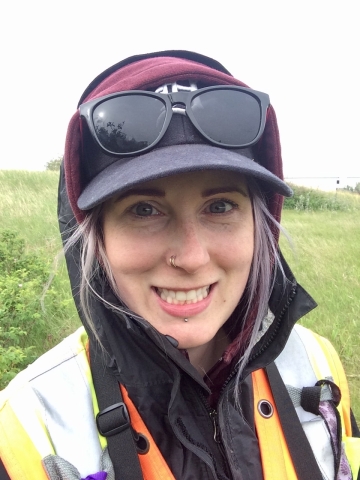
Julie Koloff
Career Profiles
Wetland Specialist
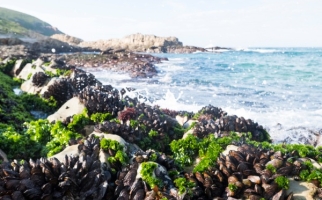
Using Mussels to Monitor the Environment
STEM Explained
Mussels are a kind of invertebrate that filter food out of the water they live in. This makes them a great tool for monitoring environmental water quality and tracking bioaccumulation in aquatic food webs.
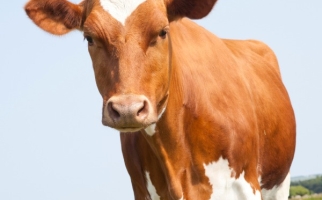
Cows, Methane, and Climate Change
STEM Explained
How do beef and dairy cows contribute to climate change? Livestock agriculture is a source of methane, a powerful greenhouse gas.